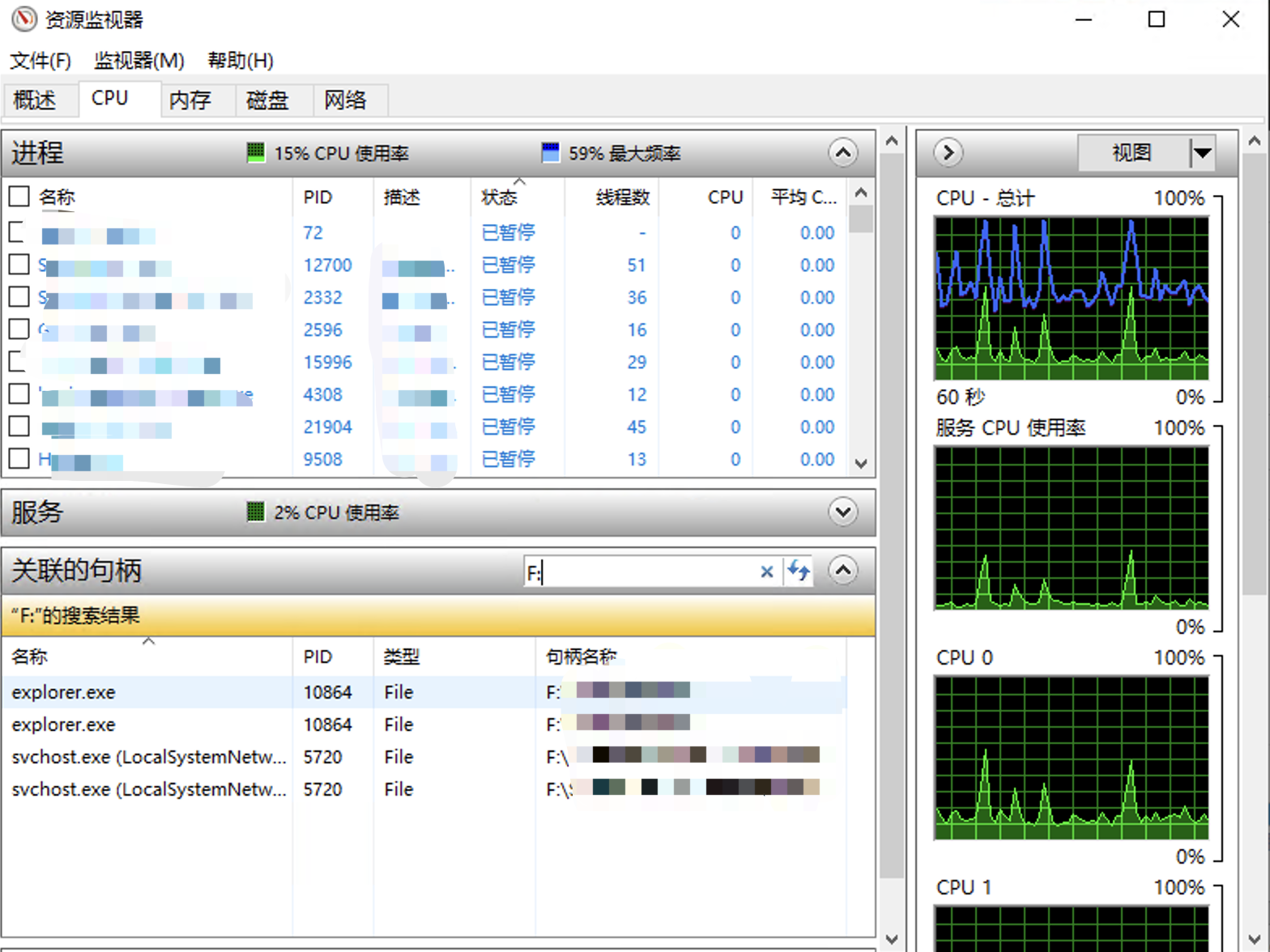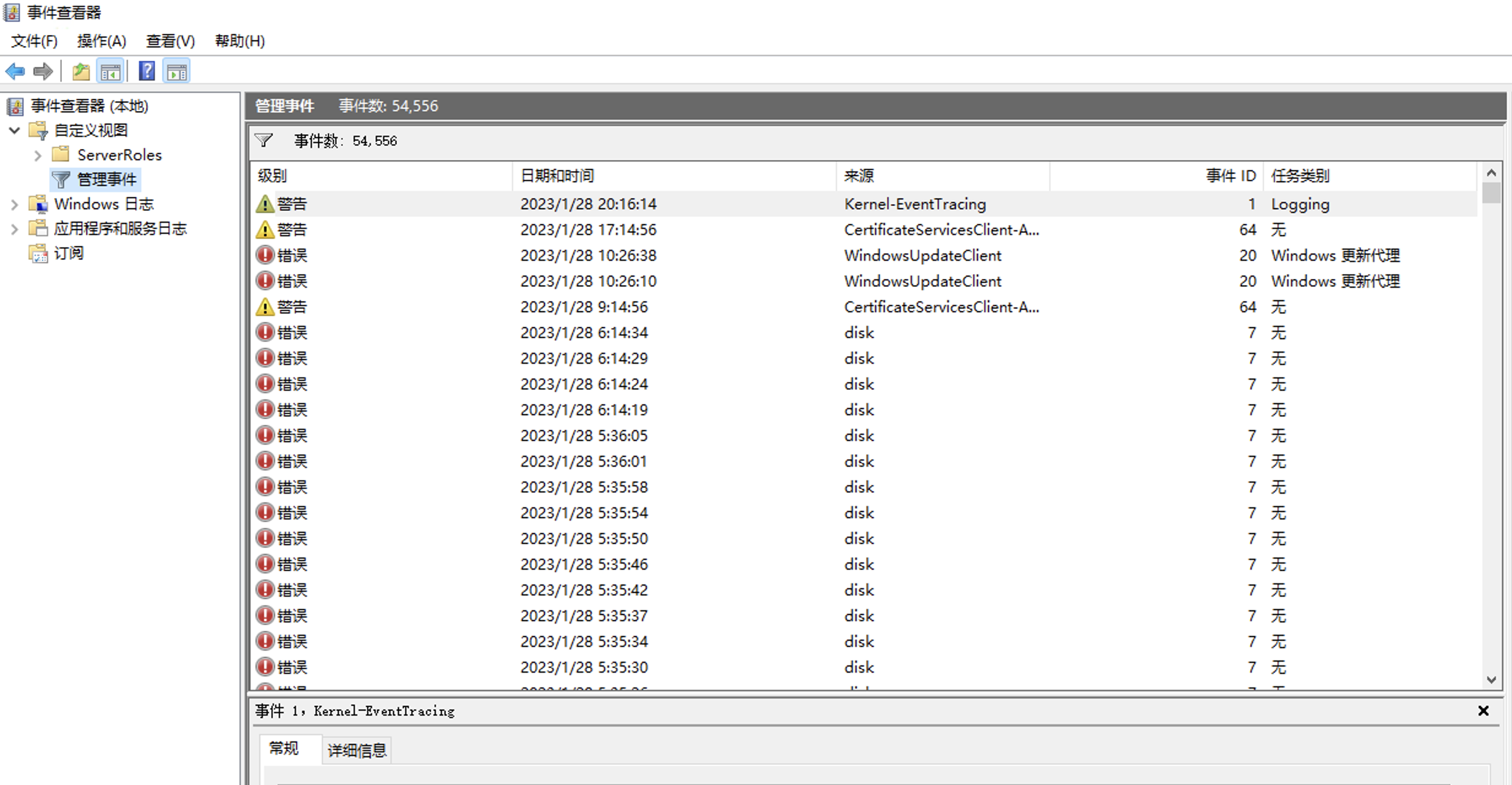mybatis系列-connection连接池解析
连接池主要是两个逻辑,首先是获取连接的逻辑,结合代码来讲一讲1
2
3
4
5
6
7
8
9
10
11
12
13
14
15
16
17
18
19
20
21
22
23
24
25
26
27
28
29
30
31
32
33
34
35
36
37
38
39
40
41
42
43
44
45
46
47
48
49
50
51
52
53
54
55
56
57
58
59
60
61
62
63
64
65
66
67
68
69
70
71
72
73
74
75
76
77
78
79
80
81
82
83
84
85
86
87
88
89
90
91
92
93
94
95
96
97
98
99
100
101
102
103
104
105
106
107
108
109
110
111
112
113
114
115
116
117
118
119
120
121
122
123
124
125
126
127
128
129
130
131
132
133
134
135
136
137
138
139
140
141
142
143
144
145private PooledConnection popConnection(String username, String password) throws SQLException {
boolean countedWait = false;
PooledConnection conn = null;
long t = System.currentTimeMillis();
int localBadConnectionCount = 0;
// 循环获取连接
while (conn == null) {
// 加锁
lock.lock();
try {
// 如果闲置的连接列表不为空
if (!state.idleConnections.isEmpty()) {
// Pool has available connection
// 连接池有可用的连接
conn = state.idleConnections.remove(0);
if (log.isDebugEnabled()) {
log.debug("Checked out connection " + conn.getRealHashCode() + " from pool.");
}
} else {
// Pool does not have available connection
// 进入这个分支表示没有空闲连接,但是活跃连接数还没达到最大活跃连接数上限,那么这时候就可以创建一个新连接
if (state.activeConnections.size() < poolMaximumActiveConnections) {
// Can create new connection
// 这里创建连接我们之前讲过,
conn = new PooledConnection(dataSource.getConnection(), this);
if (log.isDebugEnabled()) {
log.debug("Created connection " + conn.getRealHashCode() + ".");
}
} else {
// Cannot create new connection
// 进到这个分支了就表示没法创建新连接了,那么怎么办呢,这里引入了一个 poolMaximumCheckoutTime,这代表了我去控制连接一次被使用的最长时间,如果超过这个时间了,我就要去关闭失效它
PooledConnection oldestActiveConnection = state.activeConnections.get(0);
long longestCheckoutTime = oldestActiveConnection.getCheckoutTime();
if (longestCheckoutTime > poolMaximumCheckoutTime) {
// Can claim overdue connection
// 所有超时连接从池中被借出的次数+1
state.claimedOverdueConnectionCount++;
// 所有超时连接从池中被借出并归还的时间总和 + 当前连接借出时间
state.accumulatedCheckoutTimeOfOverdueConnections += longestCheckoutTime;
// 所有连接从池中被借出并归还的时间总和 + 当前连接借出时间
state.accumulatedCheckoutTime += longestCheckoutTime;
// 从活跃连接数中移除此连接
state.activeConnections.remove(oldestActiveConnection);
// 如果该连接不是自动提交的,则尝试回滚
if (!oldestActiveConnection.getRealConnection().getAutoCommit()) {
try {
oldestActiveConnection.getRealConnection().rollback();
} catch (SQLException e) {
/*
Just log a message for debug and continue to execute the following
statement like nothing happened.
Wrap the bad connection with a new PooledConnection, this will help
to not interrupt current executing thread and give current thread a
chance to join the next competition for another valid/good database
connection. At the end of this loop, bad {@link @conn} will be set as null.
*/
log.debug("Bad connection. Could not roll back");
}
}
// 用此连接的真实连接再创建一个连接,并设置时间
conn = new PooledConnection(oldestActiveConnection.getRealConnection(), this);
conn.setCreatedTimestamp(oldestActiveConnection.getCreatedTimestamp());
conn.setLastUsedTimestamp(oldestActiveConnection.getLastUsedTimestamp());
oldestActiveConnection.invalidate();
if (log.isDebugEnabled()) {
log.debug("Claimed overdue connection " + conn.getRealHashCode() + ".");
}
} else {
// Must wait
// 这样还是获取不到连接就只能等待了
try {
// 标记状态,然后把等待计数+1
if (!countedWait) {
state.hadToWaitCount++;
countedWait = true;
}
if (log.isDebugEnabled()) {
log.debug("Waiting as long as " + poolTimeToWait + " milliseconds for connection.");
}
long wt = System.currentTimeMillis();
// 等待 poolTimeToWait 时间
condition.await(poolTimeToWait, TimeUnit.MILLISECONDS);
// 记录等待时间
state.accumulatedWaitTime += System.currentTimeMillis() - wt;
} catch (InterruptedException e) {
// set interrupt flag
Thread.currentThread().interrupt();
break;
}
}
}
}
// 如果连接不为空
if (conn != null) {
// ping to server and check the connection is valid or not
// 判断是否有效
if (conn.isValid()) {
if (!conn.getRealConnection().getAutoCommit()) {
// 回滚未提交的
conn.getRealConnection().rollback();
}
conn.setConnectionTypeCode(assembleConnectionTypeCode(dataSource.getUrl(), username, password));
// 设置时间
conn.setCheckoutTimestamp(System.currentTimeMillis());
conn.setLastUsedTimestamp(System.currentTimeMillis());
// 添加进活跃连接
state.activeConnections.add(conn);
state.requestCount++;
state.accumulatedRequestTime += System.currentTimeMillis() - t;
} else {
if (log.isDebugEnabled()) {
log.debug("A bad connection (" + conn.getRealHashCode() + ") was returned from the pool, getting another connection.");
}
// 连接无效,坏连接+1
state.badConnectionCount++;
localBadConnectionCount++;
conn = null;
// 如果坏连接已经超过了容忍上限,就抛异常
if (localBadConnectionCount > (poolMaximumIdleConnections + poolMaximumLocalBadConnectionTolerance)) {
if (log.isDebugEnabled()) {
log.debug("PooledDataSource: Could not get a good connection to the database.");
}
throw new SQLException("PooledDataSource: Could not get a good connection to the database.");
}
}
}
} finally {
// 释放锁
lock.unlock();
}
}
if (conn == null) {
// 连接仍为空
if (log.isDebugEnabled()) {
log.debug("PooledDataSource: Unknown severe error condition. The connection pool returned a null connection.");
}
// 抛出异常
throw new SQLException("PooledDataSource: Unknown severe error condition. The connection pool returned a null connection.");
}
// fanhui
return conn;
}
然后是还回连接1
2
3
4
5
6
7
8
9
10
11
12
13
14
15
16
17
18
19
20
21
22
23
24
25
26
27
28
29
30
31
32
33
34
35
36
37
38
39
40
41
42
43
44
45
46
47
48
49
50protected void pushConnection(PooledConnection conn) throws SQLException {
// 加锁
lock.lock();
try {
// 从活跃连接中移除当前连接
state.activeConnections.remove(conn);
if (conn.isValid()) {
// 当前的空闲连接数小于连接池中允许的最大空闲连接数
if (state.idleConnections.size() < poolMaximumIdleConnections && conn.getConnectionTypeCode() == expectedConnectionTypeCode) {
// 记录借出时间
state.accumulatedCheckoutTime += conn.getCheckoutTime();
if (!conn.getRealConnection().getAutoCommit()) {
// 同样是做回滚
conn.getRealConnection().rollback();
}
// 新建一个连接
PooledConnection newConn = new PooledConnection(conn.getRealConnection(), this);
// 加入到空闲连接列表中
state.idleConnections.add(newConn);
newConn.setCreatedTimestamp(conn.getCreatedTimestamp());
newConn.setLastUsedTimestamp(conn.getLastUsedTimestamp());
// 原连接失效
conn.invalidate();
if (log.isDebugEnabled()) {
log.debug("Returned connection " + newConn.getRealHashCode() + " to pool.");
}
// 提醒前面等待的
condition.signal();
} else {
// 上面是相同的,就是这里是空闲连接数已经超过上限
state.accumulatedCheckoutTime += conn.getCheckoutTime();
if (!conn.getRealConnection().getAutoCommit()) {
conn.getRealConnection().rollback();
}
conn.getRealConnection().close();
if (log.isDebugEnabled()) {
log.debug("Closed connection " + conn.getRealHashCode() + ".");
}
conn.invalidate();
}
} else {
if (log.isDebugEnabled()) {
log.debug("A bad connection (" + conn.getRealHashCode() + ") attempted to return to the pool, discarding connection.");
}
state.badConnectionCount++;
}
} finally {
lock.unlock();
}
}
 ,假如我的 U 盘的盘符是
,假如我的 U 盘的盘符是 就可以搜索到占用这个盘符下文件的进程,这里千万小心‼️‼️,不可轻易杀掉这些进程,有些系统进程如果轻易杀掉会导致蓝屏等问题,不可轻易尝试,除非能确认这些进程的作用。
就可以搜索到占用这个盘符下文件的进程,这里千万小心‼️‼️,不可轻易杀掉这些进程,有些系统进程如果轻易杀掉会导致蓝屏等问题,不可轻易尝试,除非能确认这些进程的作用。 ,这个可以看到当前最近 Windows 发生的事件,打开这个后就点击U盘推出,因为推不出来也是一种错误事件,点击下刷新就能在这看到具体是因为什么推出不了,具体的进程信息
,这个可以看到当前最近 Windows 发生的事件,打开这个后就点击U盘推出,因为推不出来也是一种错误事件,点击下刷新就能在这看到具体是因为什么推出不了,具体的进程信息